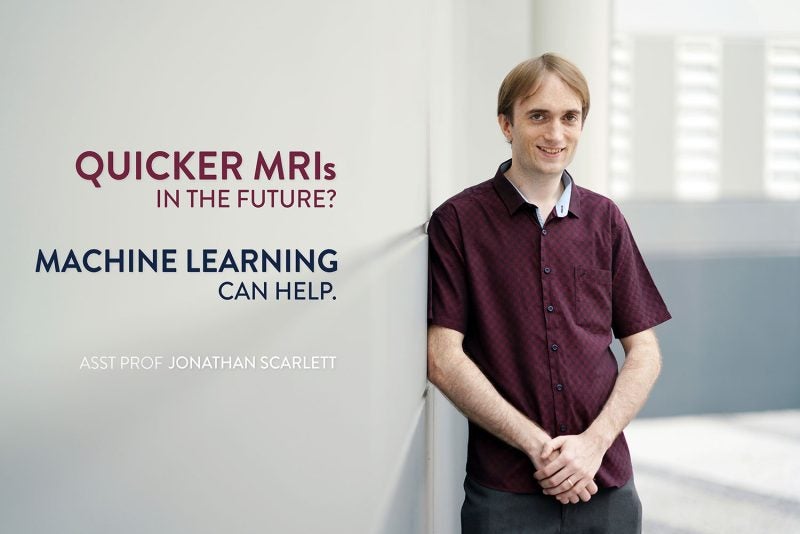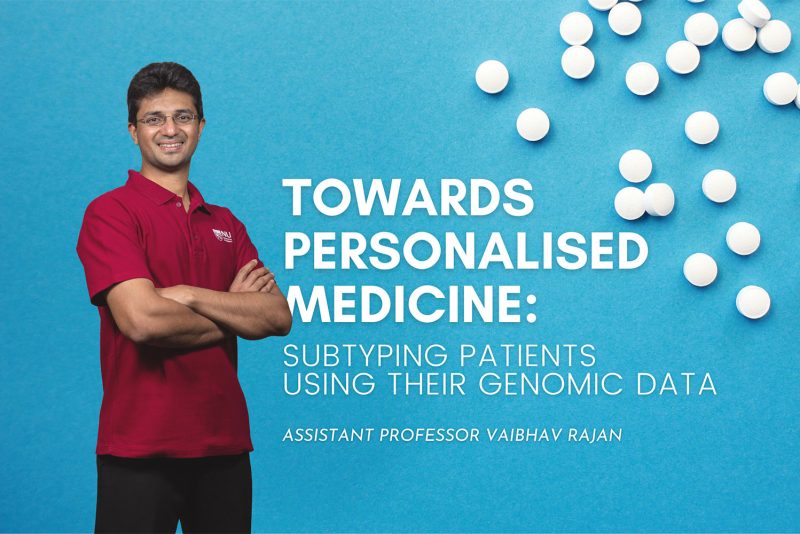Understanding the tensions and their mitigations is key to effectively managing the challenges involved in creating a seamless system of patient records.
Sometimes a trip to the GP’s clinic isn’t as straightforward as you hope. Abdominal pain morphs into possible appendicitis or floaters in the eye spark concerns of a detached retina, and suddenly you find yourself being rushed to A&E for a flurry of tests, treatment, and even emergency surgery.
Amidst all this exhaustion and stress, the last thing you want to do is to keep repeating yourself (your symptoms, medical history, current medications, drug allergies, lab tests, and so on) to every new doctor you encounter in every new healthcare facility you visit. Fortunately these days, patients in a growing number of countries don’t have to — thanks to health records being digitised and shared among multiple service providers.
It’s clear that such integrated electronic health records bring about many benefits, says Atreyi Kankanhalli, Provost’s Chair Professor at NUS Computing, who has been studying the topic of healthcare information systems for more than a decade. Patient convenience aside, doctors can make crucial decisions more quickly when comprehensive and accurate patient information is readily available at their fingertips, thus improving efficiency and enhancing care.
But transitioning to such a unified system, by upgrading and scaling a country’s existing health information infrastructure, is fraught with challenges. “You’re trying to expand the reach and build up these systems that can work nationally, possibly even internationally,” explains Kankanhalli. “So you need standards, you need modularity, you need interoperability and much more.” “From an organisational point of view, you need alignment and coordination. Then you have geographical boundaries too,” she adds.
Academically speaking, scaling of these systems is also poorly understood. That’s another reason why Kankanhalli and her collaborators — information systems faculty Ela Klecun from the London School of Economics and Political Science and Ya Zhou from China’s Xiamen University — were drawn to the topic. “It’s an important problem and we wanted to theoretically understand what it is,” she says. With this objective in mind, the team carried out an in-depth study which allowed them to build a theoretical framework that identifies the tensions, practices and outcomes of scaling as well as their inter-relationships.
A mammoth task
In particular, the trio were interested in studying the UK’s National Health Service (NHS), one of the world’s largest publicly funded healthcare systems that serves some 1.3 million patients daily. For a 2019 article, the researchers explored how stakeholder interactions and institutional pressures affected the way the NHS introduced electronic health records, comparing the situation to that in Singapore.
But now they wanted to delve deeper into England’s health record digitisation efforts — particularly the Integrated Digital Care Records (IDCR) initiative that kicked off in 2013. “The NHS went through many different approaches and difficulties, which is why it’s an interesting and instructive case,” says Kankanhalli.
For this latest study, accepted for publication in MIS Quarterly, she and her co-authors decided to focus on two localities: Greater Manchester and Yorkshire and the Humber, which were among the first in the country to make advances in scaling their electronic health records.
They combed through ten years’ worth of data (from 2013 to 2023), studying national policy documents and project papers, while attending relevant seminars on the topic and interviewing personnel involved in the digital transformation, such as IT vendors, healthcare professionals, and management representatives.
Talking about tensions
The first thing the researchers were keen to identify from the information gathered was the various challenges that arose during the digital integration process. They were also interested in examining how these tensions were interrelated, because as Kankanhalli explains: “You can’t deal with one issue alone as it’s going to impact other issues”.
The team identified three types of tensions: organisational, spatial, and technological. The first type occurred when for instance, different hospitals or organisations had differing care priorities — dementia for Greater Manchester versus cancer care for Yorkshire and the Humber — which in turn gave rise to diverging priorities for developing electronic health records to support these different focuses.
Moreover, some healthcare providers were unhappy that they had to invest in these systems from which other hospitals benefited disproportionately, for instance by gaining more revenue or patients. Meanwhile, others were frustrated when it was unclear which organisation held the decision-making authority for integrating services and electronic health records, especially when tasks crossed the boundaries of several local governments, national agencies, and collaborative care alliances.
The second type of tension observed by the team had to do with geography. In a number of instances, NHS trusts were fragmented by administrative boundaries corresponding to different postcodes and counties. But these were often misaligned with where people lived, worked, and accessed care services, explains Kankanhalli.
Technological issues comprised the third tension type. Despite some integration efforts, numerous standalone legacy IT systems persisted — as many as 10,000 within Greater Manchester alone four years after integration efforts commenced. Data in these systems were often recorded in different formats, using different clinical terminology, and could be incomplete, incorrect, or difficult to interpret without contextual information. Integrating electronic health records with social care systems was also particularly problematic as they did not always use the universal patient identification number.
Additionally, the researchers noted that many projects introduced to integrate electronic health records had narrow functionality. In other words, they were optimised to localities’ needs but did not use industry standards, which complicated efforts to scale up.
Silver linings
The team observed that different health and social care providers varied in their preferred technological approaches to scaling. Greater Manchester, for instance, “implemented a commercial software already in use in the main hospitals, which they kept extending across other provider organisations,” says Kankanhalli. On the other hand, Yorkshire and the Humber, which was much larger in size with double the population, “followed an open-source approach involving diverse systems.” “But both models worked and were successful in different ways,” she adds.
Through their analyses, they were able to identify two over-arching types of practices, i.e. joining and differentiating, which could mitigate the tensions of scaling. Particularly, joining scales was achieved by interconnecting or fusing them. For example, interconnecting technological scales involved developing electronic health records locally but using open standards to interoperate across systems, as in Yorkshire and the Humber. Fusing included producing technological solutions based on the same version of a software, as in Greater Manchester. These practices also applied to organisational scales (merging of different organisations) or spatial scales (extending the geographical reach of integrated health services to adjacent areas). On the other hand, differentiating scales entailed separating different scales (such as developing summary care records by national agencies while leaving development of electronic health records to localities) and in some cases prioritising one scale over another (such as prioritising within-locality over across-locality records sharing).
The two case studies demonstrate that despite the presence of varied challenges, scaling electronic health records isn’t insurmountable in the long term. Besides, tensions aren’t always a bad thing, says Kankanhalli. “They can reflect underlying problems that need to be addressed.”
She explains further: “Theory aside, we wanted the paper to be useful to practitioners too. We wanted to sensitise them that these are the kinds of issues to look out for — please proactively deal with them so you can prevent them from escalating.” And she states that while there isn’t a straightforward magic formula to apply when it comes to successfully integrating electronic health records, the challenges can be mitigated using the practices identified.
































